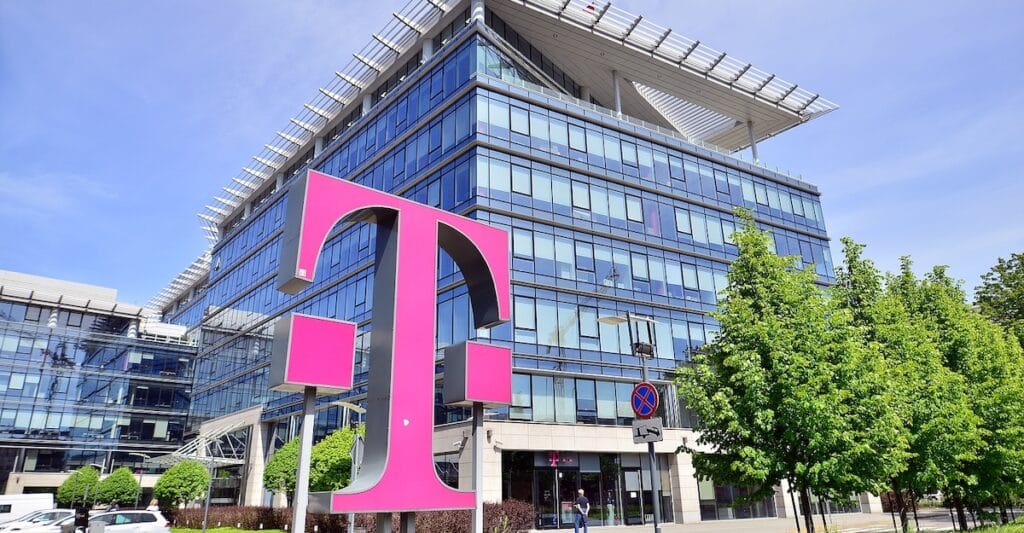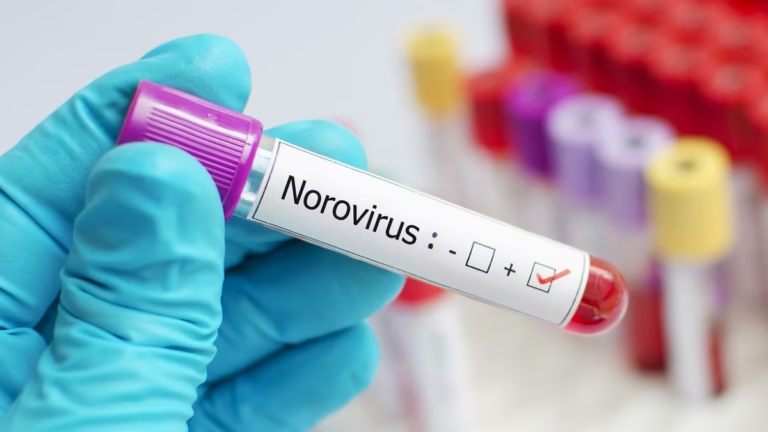
T-Mobile Faces Cyber Intrusion Attempts: How the Telecom Giant Defended Against External Threats
In recent weeks, T-Mobile, one of the largest telecom companies in the United States, reported a significant cybersecurity event: a network intrusion attempt that targeted its infrastructure. This attack raised concerns about the vulnerability of major telecom providers to increasingly sophisticated cyber threats. However, T-Mobile’s quick response and robust cybersecurity defenses have been credited with preventing any major damage, including protecting sensitive customer data. Here’s a detailed look at the intrusion, how it was handled, and the broader cybersecurity landscape that prompted this attack.
The Intrusion Attempt: Early Signs of Trouble

According to T-Mobile, the intrusion attempts were detected by the company’s security monitoring systems in late 2024. The breach originated from an external wireline provider’s network connected to T-Mobile’s systems. The attackers attempted to infiltrate T-Mobile’s network by running “discovery-related commands” on the routers. These commands were designed to map out the network topology, essentially gathering intelligence about the infrastructure without directly causing damage.
T-Mobile’s Chief Security Officer, Jeff Simon, confirmed that while these activities were suspicious, no sensitive customer information was compromised. Furthermore, the attackers did not succeed in gaining access to any proprietary T-Mobile data or disrupt the company’s operations. Once the suspicious activities were detected, T-Mobile’s security team swiftly responded, blocking the connection to the affected wireline provider and mitigating any further risks. T-Mobile’s quick detection and containment were a testament to the strength of its cybersecurity defenses, which are continuously upgraded to guard against increasingly sophisticated attacks
The Role of the Salt Typhoon Group

This incident follows a worrying trend of cyberattacks attributed to advanced persistent threat (APT) groups, with the Chinese-linked hacking group known as Salt Typhoon being a prominent suspect. Salt Typhoon is believed to be behind a series of cyber-espionage operations targeting critical infrastructure and telecommunications networks across the U.S. The group has previously targeted several telecom companies, including Verizon and AT&T, with the goal of collecting intelligence, and possibly even manipulating communications infrastructure for future espionage efforts.
The attack on T-Mobile is thought to be part of this broader campaign, with some sources indicating that Salt Typhoon may have attempted to infiltrate edge-routing infrastructure to access T-Mobile-owned routers. The attackers reportedly managed to gain unauthorized access to a limited number of devices, including one of T-Mobile’s owned routers. However, according to reports, the intrusion was promptly detected and neutralized before any sensitive data was compromised or customer devices were affected
Enterprise Technology News and Analysis.
How T-Mobile Defended Against the Intrusion
T-Mobile’s response to the intrusion attempts highlights the importance of multi-layered cybersecurity strategies and robust monitoring systems in preventing and mitigating the damage from such attacks. The company’s security operations center, which is responsible for continuous monitoring of its network, detected the suspicious activity early in the process. Key aspects of T-Mobile’s response included:
- Immediate Threat Containment: As soon as the suspicious activity was detected, T-Mobile acted swiftly to cut off the compromised network’s connection, effectively stopping the attackers from moving laterally through the network and accessing more critical systems.
- No Customer Data Compromised: Thanks to T-Mobile’s strong encryption practices and secure protocols, the intrusion did not lead to any compromise of customer data. The company’s security systems were designed to prevent unauthorized access to sensitive information, a crucial feature given the increasing number of data breaches in the telecom sector.
- Advanced Threat Detection Systems: The company’s network is built with advanced intrusion detection systems that monitor for unusual activity. These systems can spot early signs of potential threats, like unauthorized commands or unusual traffic patterns, which can be indicative of an attack.
- Collaboration with Government Agencies: T-Mobile did not stop at simply mitigating the threat; it also worked closely with U.S. government agencies to investigate the origin of the attack. Sharing its findings with the U.S. government is part of T-Mobile’s commitment to cybersecurity transparency and supporting national security efforts against cyber threats.
Lessons Learned: The Growing Need for Cyber Resilience

This incident serves as a reminder of the growing importance of cybersecurity in protecting not only telecom companies but also the sensitive data of millions of customers. The attack on T-Mobile follows a string of breaches involving telecom giants and other critical infrastructure providers in the U.S., underscoring the vulnerability of these sectors to sophisticated cyberattacks.
In addition to T-Mobile, several other telecom companies have been targeted by advanced cyber groups, often state-sponsored, highlighting the risk of espionage and data theft on a national scale. The increasing frequency of cyberattacks underscores the need for telecom providers to invest heavily in cybersecurity measures, including:
- Proactive Threat Intelligence: Telecom companies need to be vigilant about emerging threats, particularly from well-organized cyber espionage groups. Collaborating with cybersecurity experts and sharing intelligence about potential threats can help identify vulnerabilities before they are exploited.
- Zero Trust Security Models: Implementing a zero-trust approach, where no one is trusted by default and all users, devices, and systems are continuously verified, can help limit the impact of an intrusion if it occurs. This is particularly important in sectors like telecommunications, where attackers often attempt lateral movement across networks.
- Continuous Monitoring and Response: As demonstrated by T-Mobile’s rapid response, the ability to detect and respond to attacks in real-time is critical. Companies need to invest in advanced monitoring systems, as well as trained cybersecurity teams that can act swiftly and decisively when an intrusion attempt is detected.
- Strengthening Network Perimeter: Securing the perimeter of networks, such as routers and other devices that connect to external networks, is an essential line of defense. Any compromise in these areas can lead to further infiltration of systems, as was the case with T-Mobile’s edge-routing infrastructure.
The Bigger Picture: A Growing Threat to Telecom and Critical Infrastructure
The attack on T-Mobile is part of a larger and growing trend of cyber espionage targeting telecom companies and critical infrastructure. With the rise of nation-state actors like Salt Typhoon, the threat landscape has evolved beyond traditional cybercriminals and hacking groups. These advanced persistent threat (APT) groups are often well-funded and equipped with the latest tools to infiltrate even the most secure systems.
As such, the telecom industry must be prepared for more sophisticated attacks in the future. Whether through state-sponsored espionage or criminal networks seeking to exploit vulnerabilities for financial gain, the threat of cyberattacks will only increase as our dependence on interconnected networks grows. Ensuring that telecom companies have the necessary tools, processes, and defenses to counteract these threats is crucial for safeguarding the privacy and security of customers and national security.
Conclusion
T-Mobile’s recent experience with a cyber intrusion attempt serves as both a wake-up call and a case study in effective cyber defense. While the attack was ultimately thwarted, it highlights the persistent and evolving threats faced by telecom companies worldwide. For T-Mobile, the attack was a reminder of the importance of continual investment in cybersecurity and quick incident response.
In the end, T-Mobile’s commitment to customer safety, robust security protocols, and collaboration with government agencies helped prevent a potentially disastrous situation. This incident also underscores the need for telecom companies to remain vigilant, investing in advanced security infrastructure, and fostering a culture of resilience against the ever-present threat of cyberattacks
Follow Dailyforesight for more insightful contents



